The Future Is Fast
Dynamic Apps, Static Files, Unreal Performance
by Jason Lengstorf
@jlengstorf · jason@lengstorf.com
Slides: git.io/future-is-fast
Hi! I’m Jason Lengstorf.
- Senior dev / front-end architect
- Occasional designer
- Author & speaker
- Process and efficiency wonk
- Developer relations @ Gatsby
- @jlengstorf on Twitter, Github, etc.
An Incomplete
(and Heavily Biased)
History of the Internet
In the beginning, there was HTML


In some ways it was great:
- Can be hosted cheaply (or free, e.g. on Geocities)
- Supported almost everywhere on the web
- Few requests to display a page
- Typically small file size
In other ways it sucked:
- Lots of copy-pasta
- No such thing as DRY
- Terrible developer experience

Next came server-side rendering

In some ways it was great:
- Separation of concerns!
- Code reusability!
- Dynamic data manipulation!
In other ways it sucked:
- Servers are expensive
- Special hosting required
- Scaling is HARD
- Added complexity

Then we tried client-side rendering

In some ways it was great:
- Keeps most of the benefits of server-side rendering
- No special servers required
- Additional opportunities for interactive UIs
In other ways it sucked:
- Extra requests to load the library
- Interactions are tricky and error-prone
- Requires JavaScript to be enabled

We doubled down on client-side rendering

In some ways it was great:
- Can run full-on apps only in JavaScript
- Interactivity is incredibly approachable
- The community and ecosystem is extensive
- The developer experience is much better
In other ways it sucked:
- We’re sending TONS of JS to the browser
- We still need JavaScript to be enabled
- Pages are loading slooooooooooow

Where we are today
JS Frameworks are powerful
But they’re alsoexpensive
Slow Bloated JavaScript-dependent
53% of visits are abandoned if a mobile site takes longer than 3 seconds to load
Source: Think With Google
So how do we fix it?
To make JS-powered apps really fast, we should:
- Implement route-based code splitting
- Use HTTP/2 to serve assets
- Set up background prefetching
- Lazy load any non-critical assets
You may have heard this called the PRPL Pattern

Addy Osmani
bit.ly/prpl-pattern
Push
Render
Pre-cache
Lazy-load
To make JS-powered apps really fast, we should:
- Implement route-based code splitting
- Use HTTP/2 to serve assets
- Set up background prefetching
- Lazy load any non-critical assets
- Add a Service Worker
- Eliminate all unused code
- Use server-side rendering to generate static files
That’s a lot of things.

Route-based code splitting:
- Creates smaller bundles for specific routes
- Creates shared bundles for common code
- Allows loading only what’s really needed
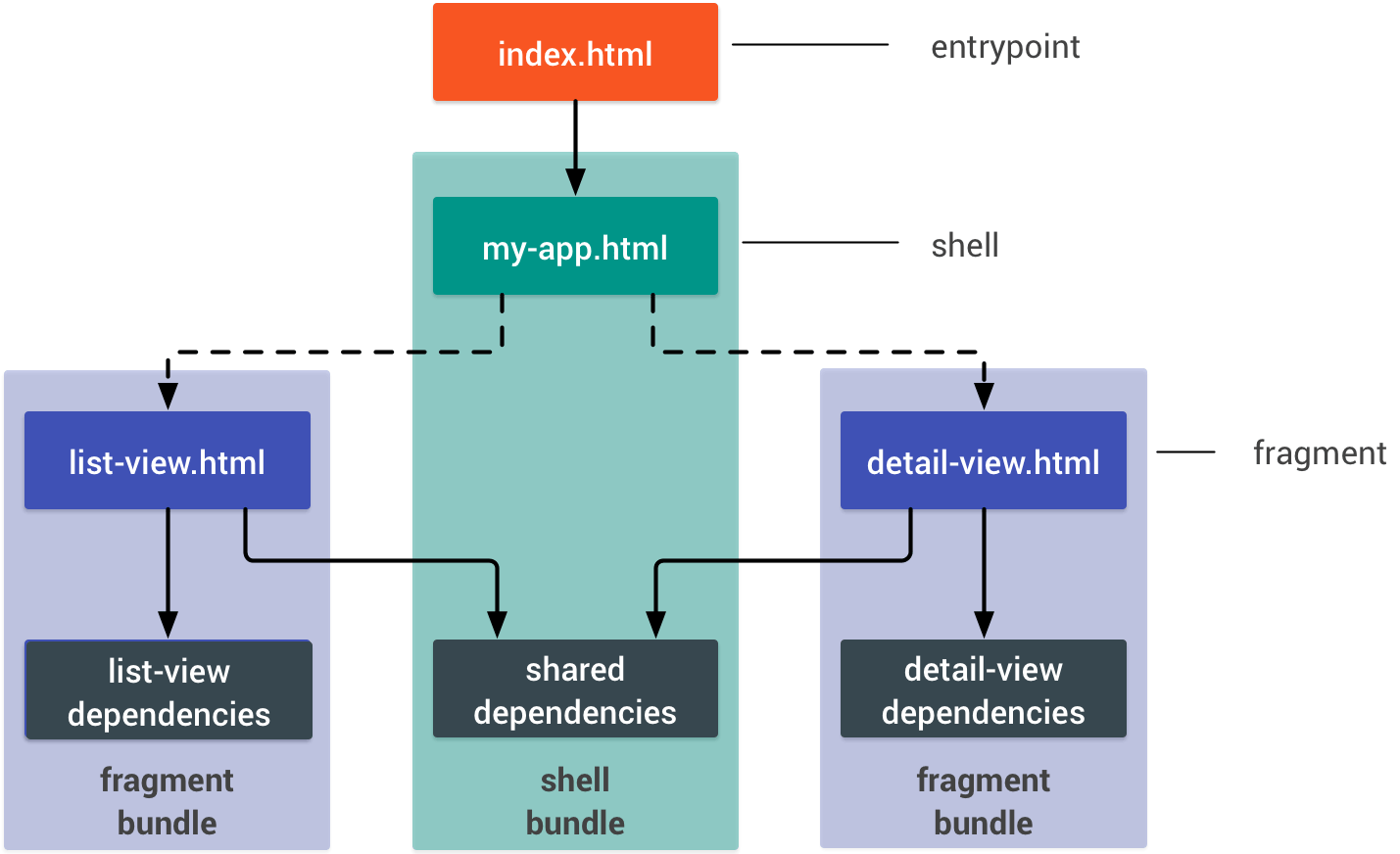
Source: Google Developers
Code splitting with Webpack:
- Use
import()to identify chunks - in Webpack 4, use
optimization.splitChunks - In Webpack 3 or earlier, use
CommonsChunkPlugin
Totally True Internet Fact
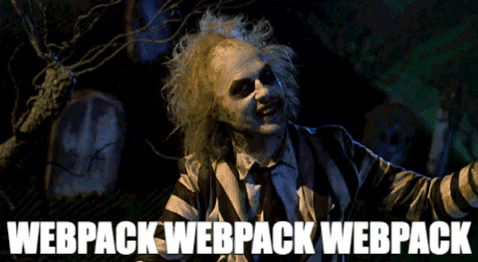
If you say “Webpack” 3 times, Sean Larkin will appear.
Serving assets with HTTP/2:
- Allows multiplexed downloads
- Provides push capabilities to minimize requests
Asset prefetching:
- Assumes which routes the user will load next
- Loads the assets for those routes in the background
- Makes loading the next route almost instantaneous
Lazy loading assets:
- Prevents images from blocking the initial load
- Only requests them once they’re in the viewport
“Won’t lazy loading make the page jump?”

Source: bit.ly/2GayxFF
We can fix it!
Lazy loading with loading animation
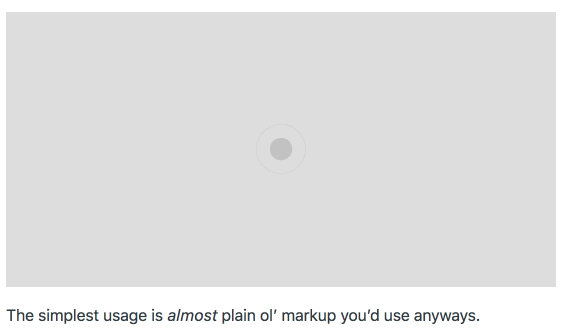
Source: responsive-lazyload.js
Lazy loading with the blur-up technique

Source: medium.com
Lazy loading with traced SVG

Source: Gatsby.js
Lazy loading with simplified polygons

Source: Gatsby.js
Service Worker
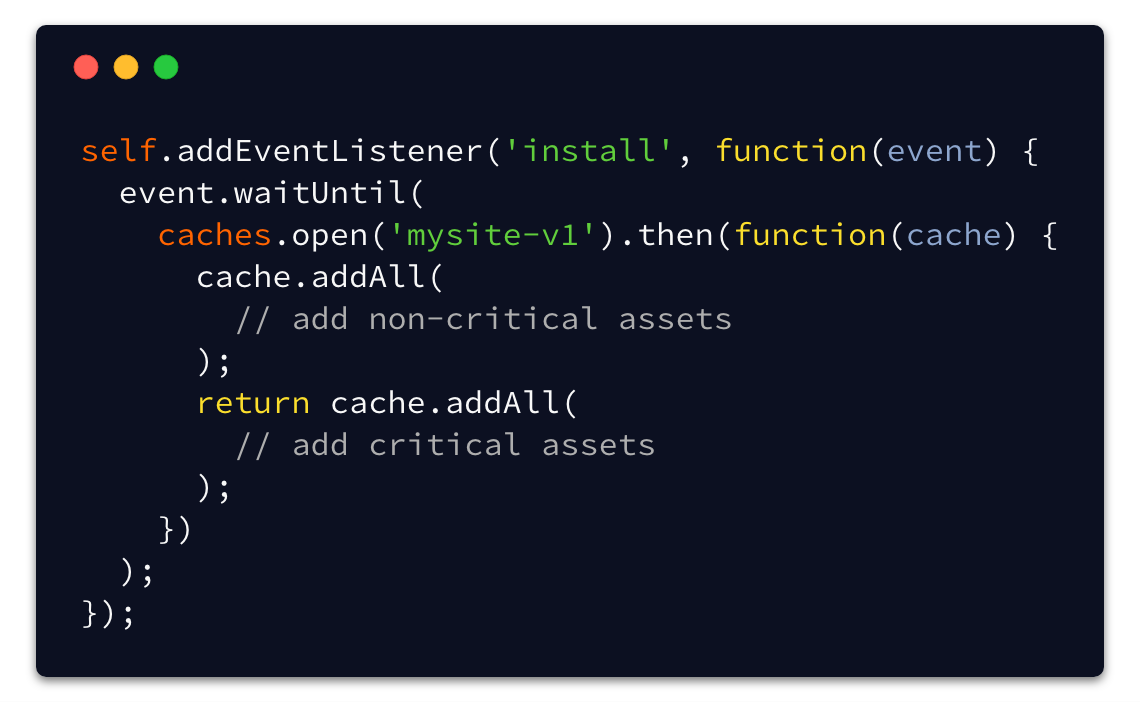
Service Workers:
- Cache critical assets when first installed
- Precache non-critical assets in the background
- Act as a proxy for all outgoing requests
- Skip server & provide cached assets if possible
This allows Progressive Web Apps to
load offline on subsequent visits
Eliminating unused code:
- Reduces the overall size of the codebase
- Helps avoid module bloat

Source: Reddit?
How to remove unused code:
- Use Terser (or Uglify.js) to remove dead code
- Enable tree-shaking with ES modules
- Analyze your bundle output
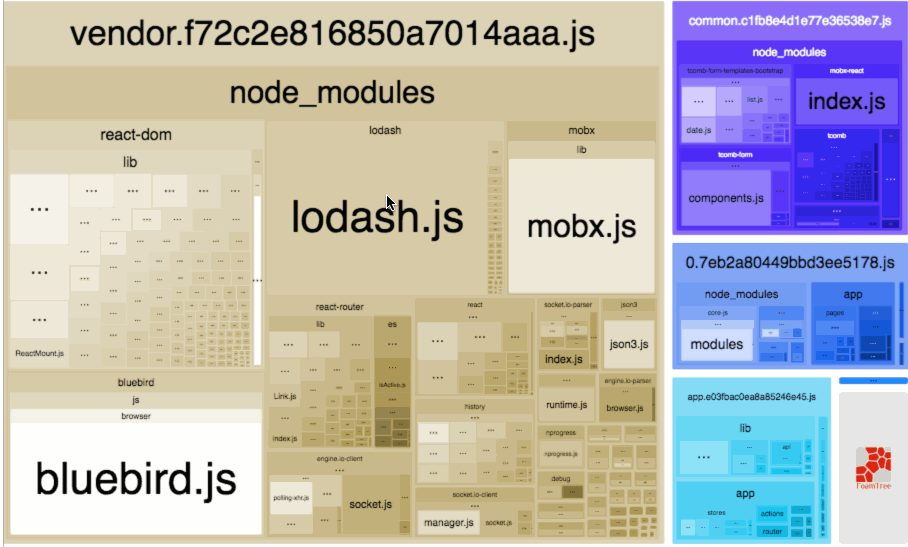
Source: Webpack Bundle Analyzer
Serving only static assets:
- Removes the need for runtime server rendering
- Eliminates an extra HTTP round-trip
- Improves cacheability
😱 Server-side rendering?! 😱

☹️
Loading 1MB of blocking JavaScript before anything can be displayed
😐
Showing a loading spinner while the framework initializes
😊
Server-side rendering so no JavaScript is required to initially display the page
“But static files won’t work for my app!”
Yes they will. Probably.
Beyond Static
Pre-rendered
PWAs
If all of this seems a little overwhelming I totally understand
Performance is hard
We can get most of these performance improvements for free
Open source is awesome. 🎉💕
Gatsby.js does all of thisalready
I migrated my super active blog to @gatsbyjs and think I'm off to a pretty good start 💪 pic.twitter.com/pQwxrbt8Rr
— Mads Obel (@madsobel) May 16, 2018
What is Gatsby.js?
- Framework for building React apps
- Compiles to static files
- Add Service Worker + Web Manifest with plugins
- The developer experience is 👌
- Generated apps are unbelievably fast
Let’s Recap
🔥🔥🔥
Blazing fast apps need fine tuning️
PWA Performance Checklist:
✅ Follow the PRPL Pattern
✅ Add a Service Worker
✅ Remove unused code
✅ Generate static files
Use Gatsby.js to automate perf best practices
(If you want your performance for free)
Pre-Rendered PWAs are the future
...and the future is fast
Thanks!

Jason Lengstorf
@jlengstorf · jason@lengstorf.com
